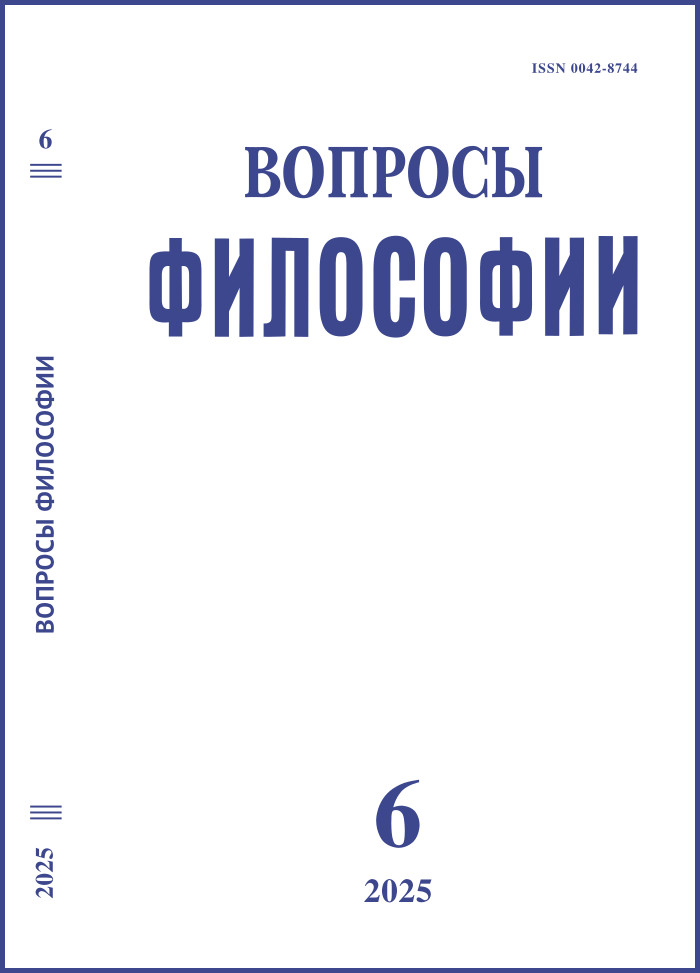Теория социальных эстафет и конструктивный реализм
DOI:
https://doi.org/10.21146/0042-8744-2025-6-54-60Ключевые слова:
познание, деятельность, социальные эстафеты, рефлексивное переключение, энактивизм, конструктивный реализмАннотация
В статье анализируется значение разработанной М.А. Розовым теории социальных эстафет для исследований в области эпистемологии и философии науки. Показывается, что в концепции М.А. Розова разработан оригинальный и плодотворный подход к осмыслению популярного сегодня в когнитивных науках так называемого энактивизма и «расширенного» понимания познания. В фокусе разработанной М.А. Розовым теории социальных эстафет находятся вопросы взаимоотношения конструкции и реальности, социально-культурного и природного миров, естественных и искусственных процессов. Автор пытается выделить основные идеи этой теории и сопоставляет ее с разрабатываемой им самим концепцией конструктивного реализма. Автор раскрывает особенности понимания М.А. Розовым процесса человеческого познания. По М.А. Розову, познание определяется содержанием информации. А оно задается не механизмами переработки информации в мозгу, а подключением познающего индивида к процессам, происходящим вне его тела. Для человека это взаимодействие с другими людьми через социально-культурные артефакты в частности и в особенности через язык. По мнению автора, деятельностное и конструктивное понимание познания и знания можно и нужно совместить с эпистемологическим реализмом. Делается вывод о том, что теория социальных эстафет – это перспектива дальнейшего развития исследований процесса познания вообще, процесса научного познания в частности и в особенности.

